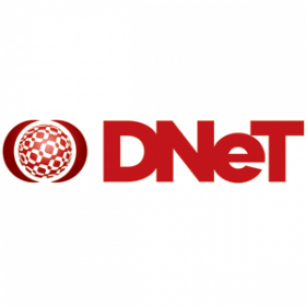Key findings
- The total number of retailers on the Silk Road increased (from 406 in early March 2013 to 579 just before its closure in October 2013), while the number of retailers on the surface web declined slightly (from 99 in March 2013 to 72 in November 2013).
- This sampling period saw an accelerated increase in the number of domestic retailers operating on the Silk Road, potentially indicating a mounting interest in dark web marketplaces among domestic retailers.
- On the Silk Road, cannabis and pharmaceuticals (primarily benzodiazepines and sildenafil) were sold by the largest number of retailers across all time points, followed by MDMA (3,4-methylenedioxymethamphetamine) and NPS.
- Compared with the first bulletin, pharmaceuticals shifted from the fourth most available substance available on the Silk Road to second. Conversely, NPS availability has declined, shifting from second most available substance class to fourth.
- The closure of the Silk Road saw a proliferation of new retailers in alternative marketplaces, many of which have since been closed down due to security concerns. Despite this, new marketplaces appear to be emerging in their wake, indicating that interest in dark web marketplaces has continued.
-
Substances available on alternate marketplaces largely mirrored those sold on the original Silk Road, in that cannabis and pharmaceuticals were the most commonly sold substances. Cocaine, MDMA, NPS and methamphetamine followed, with variations in order across marketplaces


